Durrington Walls, a roundish 'super-henge' has long puzzled archaeologists because one side is straight while the rest of the structure is curved.
As early as 1810, historian Richard Colt Hoare suggested that its shape had been left 'much mutilated' by centuries of agriculture.
But now ground penetrating radar has found that the straight edge is actually aligned over a row of 90 massive standing stones which once stood 15ft high, and formed a c-shaped arena which has not been seen for thousands of years.
The stone line, which curves into a c-shape towards one end, is likely to have marked a ritual procession route, and is thought to date from the same time as the sarsen circle at Stonehenge.
Archaeologists believe the stones were pushed over and a bank built on top, but they are still trying to work out exactly why they were built. Nothing exists like it in the world.
"It's utterly remarkable," said Professor Vince Gaffney, of the University of Bradford. "It's just enormous. It is definitely one of the largest stone monuments in Europe and is completely unique. We've never seen anything like this in the world.
"We can't tell what the stones are made of, but they are the same height as the sarsens in the Stonehenge circle, so they may be the same kind.
"It was probably for a ritual of some sort, or it could have marked out an arena. These monuments were very theatrical. This a design to impress and empower.
"Not only does the new evidence demonstrate a completely unexpected phase of monumental architecture at one of the greatest ceremonial sites in prehistoric Europe, the new stone row could well be contemporary with the famous Stonehenge sarsen circle or even earlier."
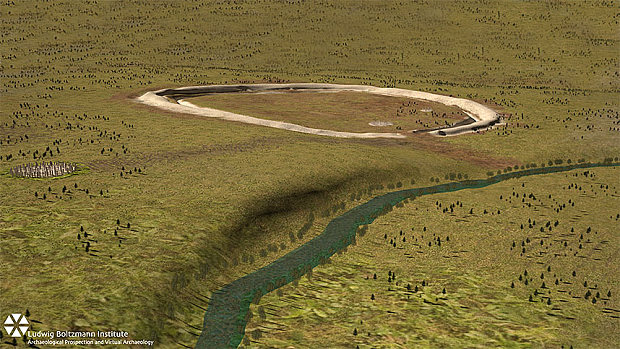
It is surrounded by a ditch of up to 54ft wide and a bank of more than three foot high and is built on the same summer solstice alignment as Stonehenge. Some archaeoolgists have suggested that the builders of Stonehenge lived at Durrington. A nearby wooden structure, called Wood Henge was thought to represent the land of the living while Stonehenge represented the realm of the dead.
But the discovery of the stones suggests that Durrington Walls had a far earlier and less domestic history than has previously been supposed.
Dr Nick Snashall, National Trust Archaeologist for the Avebury and Stonehenge World Heritage Site, said the new results were providing 'unexpected twists in the age old tale.'
"These latest results have produced tantalising evidence of what lies beneath the ancient earthworks at Durrington Walls. The presence of what appear to be stones, surrounding the site of one of the largest Neolithic settlements in Europe adds a whole new chapter to the Stonehenge story."
The research will be presented at the British Science Festival in Bradford this week.
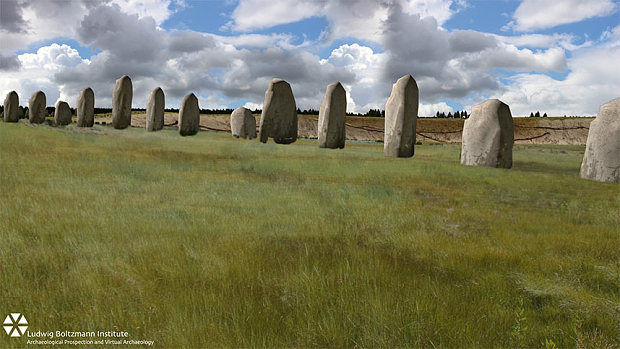
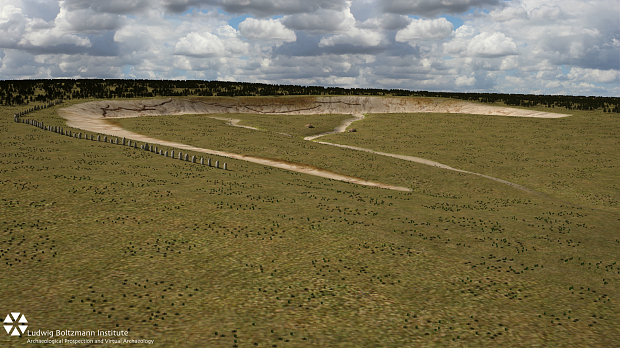
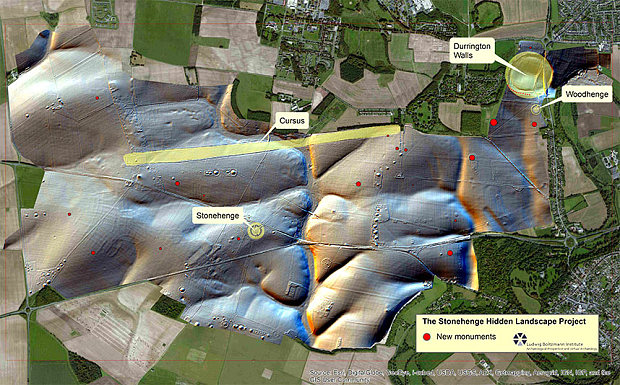
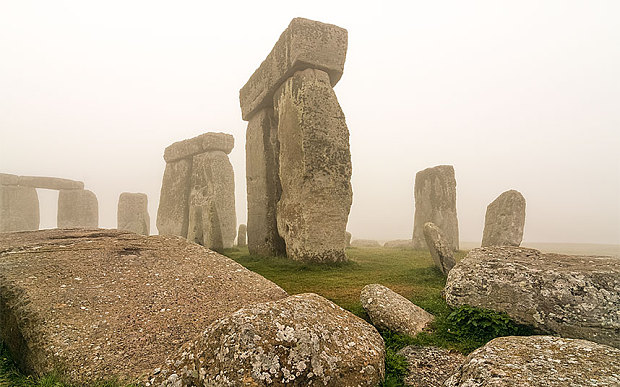



Reader Comments
to our Newsletter